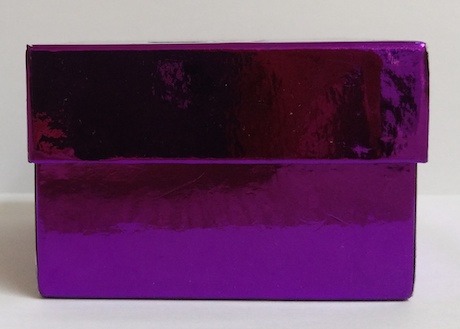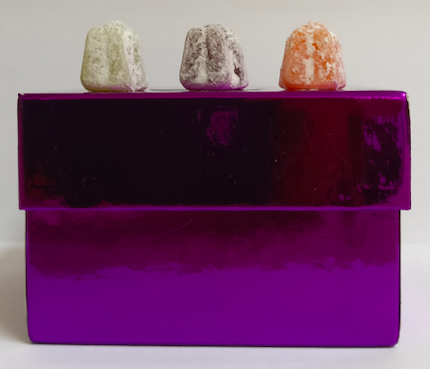Or search by topic
Number and algebra
Geometry and measure
Probability and statistics
Working mathematically
Advanced mathematics
For younger learners
Sweetie Box



Below, you can see two boxes.
|
Max's box |
Bryony's box |
The box on the left is Max's. All of Max's sweets are in that box.
The box on the right hand is Bryony's. Bryony's sweets are in that box and there are also three more sweets on top of her box.
Each box has exactly the same number of sweets inside.
What do you know about the number of sweets each child has?
We would love to hear your ideas. You may like to use drawings, writing, numbers, symbols... to help show your thinking.
This task has been inspired by a book chapter written by Carraher, Schliemann and Schwartz (2007).
You may also like
Worms
Place this "worm" on the 100 square and find the total of the four squares it covers. Keeping its head in the same place, what other totals can you make?
Buzzy Bee
Buzzy Bee was building a honeycomb. She decorated the honeycomb with a pattern using numbers. Can you discover Buzzy's pattern and fill in the empty cells for her?
Fair Exchange
In your bank, you have three types of coins. The number of spots shows how much they are worth. Can you choose coins to exchange with the groups given to make the same total?



